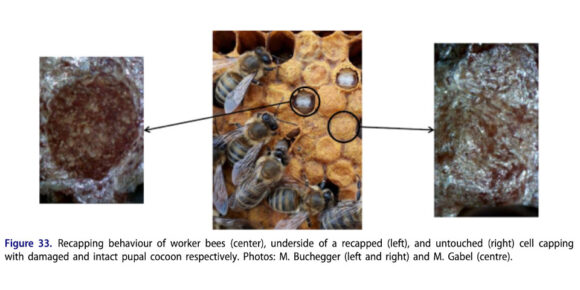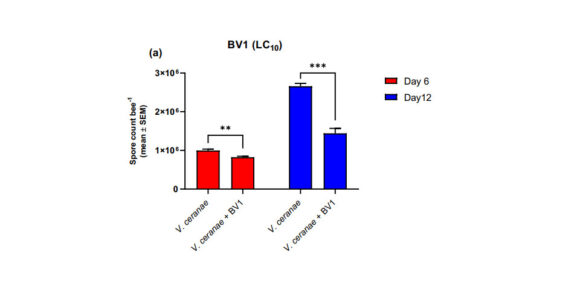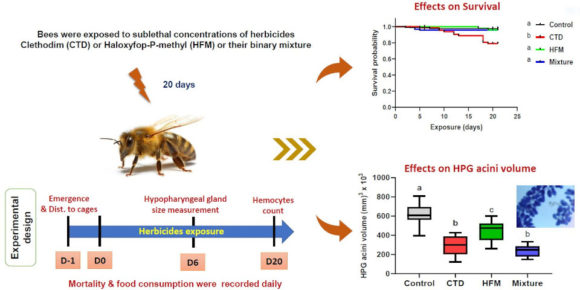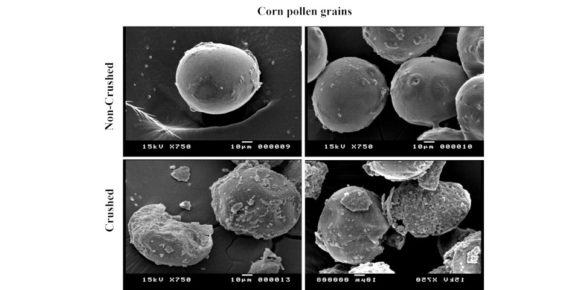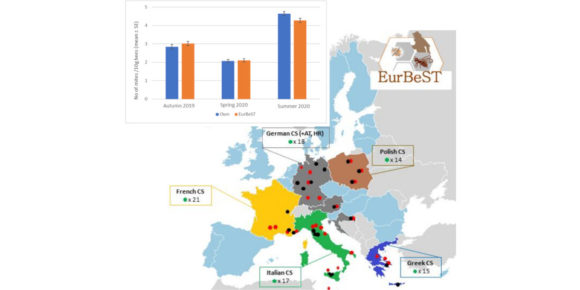Standard methods for rearing and selection of “Apis mellifera queens” 2.0
Here, we cover a wide range of methods currently in use and recommended in modern queen rearing, selection, and breeding. The recommendations are meant to serve as stand-ards for scientific and practical beekeeping purposes. The basic conditions and different management techniques for queen rearing are described, including recommendations for suitable technical equipment. As the success…






